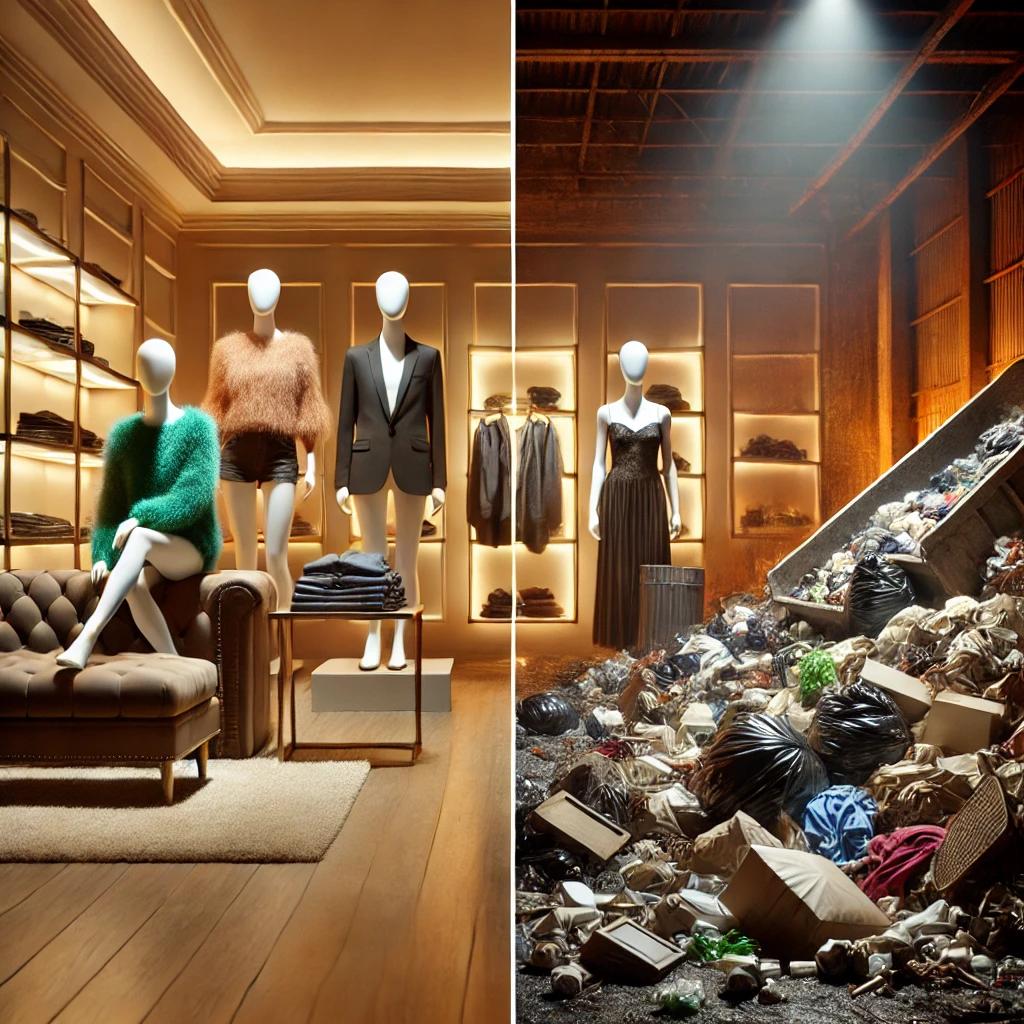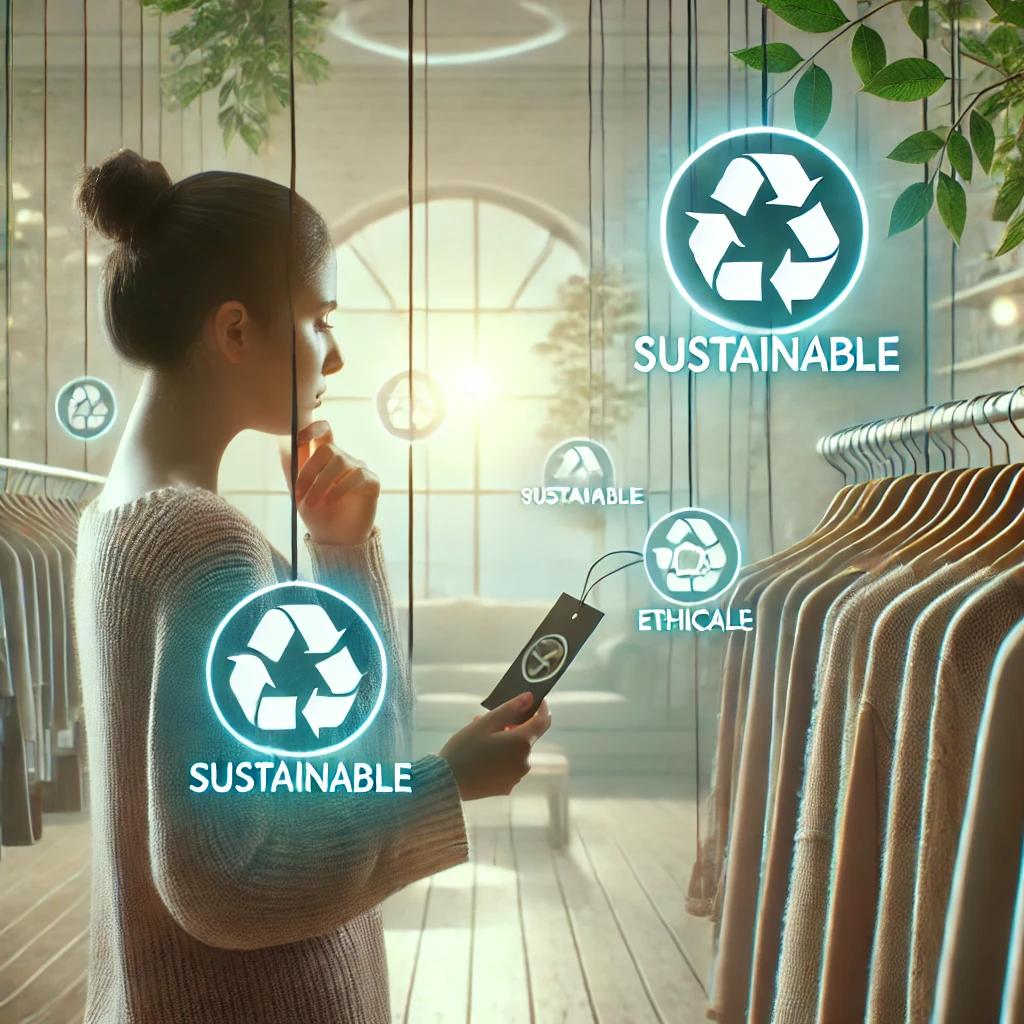
Burning Fashion: Why Luxury Brands Destroy Unsold Products and How We Can Stop It
The luxury fashion industry has a dark, rarely discussed side: what happens to the garments that don’t sell? While the opulent showcases of new collections entice consumers, an equally disturbing reality lurks beneath the surface—unsold clothes often face destruction, including burning and shredding. Why do brands resort to such drastic measures? The reasons are layered, stemming from issues of exclusivity, inventory mismanagement, and concerns over brand devaluation.

The Why Behind the Waste
For many high-end brands, luxury is synonymous with scarcity. Overproduction of goods, driven by unpredictable demand and ever-changing trends, can lead to excess inventory. To maintain their brand image, some fashion houses destroy unsold products rather than discount them heavily or donate them, fearing that widespread availability could dilute their perceived value. Brands like Burberry drew public outrage when it was revealed they destroyed millions of dollars worth of clothing and accessories in 2018.
But there’s another dimension to this problem: intellectual property and counterfeiting. Brands argue that destroying products prevents counterfeiters from acquiring and replicating their designs. While there is truth to these concerns, the environmental impact and wastefulness of these practices are undeniable.
The Environmental Impact
The disposal of unsold clothes through incineration releases harmful chemicals and greenhouse gases, significantly contributing to environmental degradation. Meanwhile, clothes that are shredded or sent to landfills contribute to the mountain of textile waste already overwhelming our planet. This wastefulness is counterproductive in a world battling the climate crisis and striving for sustainability.

Solutions: Redefining Fashion’s Cycle
Luxury brands can take meaningful steps to move away from the destructive cycle of overproduction and waste:
- Pre-Order Models: Fashion houses can adopt pre-order models to better gauge demand and reduce excess inventory.
- Recycling and Upcycling: Unsold items can be reworked into new collections or used for fabric recycling, giving garments a second life.
- Donation and Collaboration: Brands can donate unsold stock to charities, support developing communities, or collaborate with sustainability initiatives that can repurpose goods.
Consumers’ Role in the Shift
Consumers also hold significant power to drive change. Here are some steps you can take:
- Be Informed: Research the sustainability practices of your favorite brands through platforms like Good On You.
- Support Ethical Brands: Choose to purchase from brands committed to sustainable practices.
- Embrace the Five R’s of Fashion: Reduce, reuse, recycle, repair, and repurpose.
- Shop Second-Hand: Consider thrifting or renting for special events to minimize fashion’s footprint.
- Swap and Share: Organize or participate in clothing swaps to breathe new life into old outfits.
- Ask for Alternatives: Before discarding clothes, consider how they can be repurposed or donated.
“Consumers have the power to reshape fashion’s cycle—by demanding better and making thoughtful choices.”




